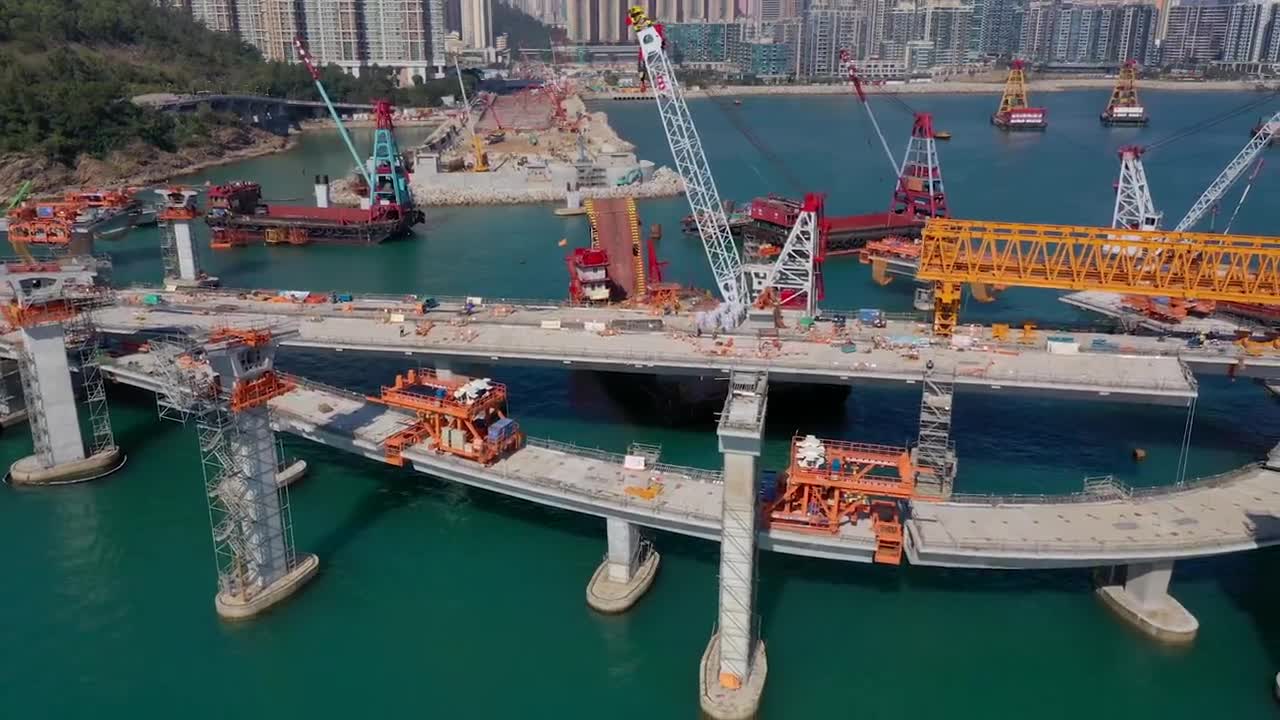
The global infrastructure ecosystem — which includes roads, mass transit and power grids — is critical not only for meeting basic human needs, but also for supporting economic growth and maintaining quality of life. The world needs to increase infrastructure investment to €2.85 trillion per year through 2030 just to meet current growth projections, of which emerging economies will represent 60% of the growing investment needed.
Bridging a €13 trillion gap
Urbanisation, population growth, economic expansion and rigorous sustainability requirements are making the need for new and updated infrastructure increasingly urgent. New roads and railways can reduce delivery time for goods. New seaports can connect economies to global markets. New communications projects can connect people, while more robust electrical grids can improve the standard of living.
Yet, the gap between infrastructure demand and the supply of capital is becoming wider. By 2040, an estimated €13 trillion gap is projected to exist between available investment and the amount required to build, repair or modernise existing infrastructure.
As the urgency for sustainability continues, demand for new smart infrastructure capabilities will accelerate the need for:
- More efficient roadways to support the emergence of autonomous vehicles
- Rail-based hyperloop connections that connect people and cities
- Bridges and seaports that can adapt to and withstand the effects of climate change
Technologies that can monitor and protect these assets provide the key to ensuring safe, resilient and sustainable infrastructure.
Hexagon’s customers gain speed, efficiency and productivity across a variety of smart infrastructure projects around the world. They’re achieving successful outcomes faster while reducing waste of materials and natural resources.
Capabilities
Hexagon goes beyond smart infrastructure to put data to work for the world’s largest construction projects, with data doing the heavy lifting to deliver the end result faster, more profitably and with a lower impact on the environment.

Digitally capture all the right distances and volumes that are key to construction performance, with accurate positioning and measurements integrated into the 3D model.
Visualise the site, above and below ground, digitally mapping out every detail for the construction phase, including time, materials, estimating, scheduling and cost.
Set up infrastructure projects for success through careful site preparation with solutions that assist in everything from site evaluation to preparing the machines, underground utility detection to setting up GNSS corrections, and in the effective mobilisation of teams and resources.
Maintain a data-driven approach to orchestrate entire construction phase, creating a 3D model of productivity and efficiency with higher quality, fewer reworks and less waste – while layering 4D cost and 5D BIM scheduling data.
Empower asset owners and operators with smart infrastructure solutions that provide 24/7 visibility into the operational twin to optimise safety and efficiency while extending the life of the infrastructure asset.




